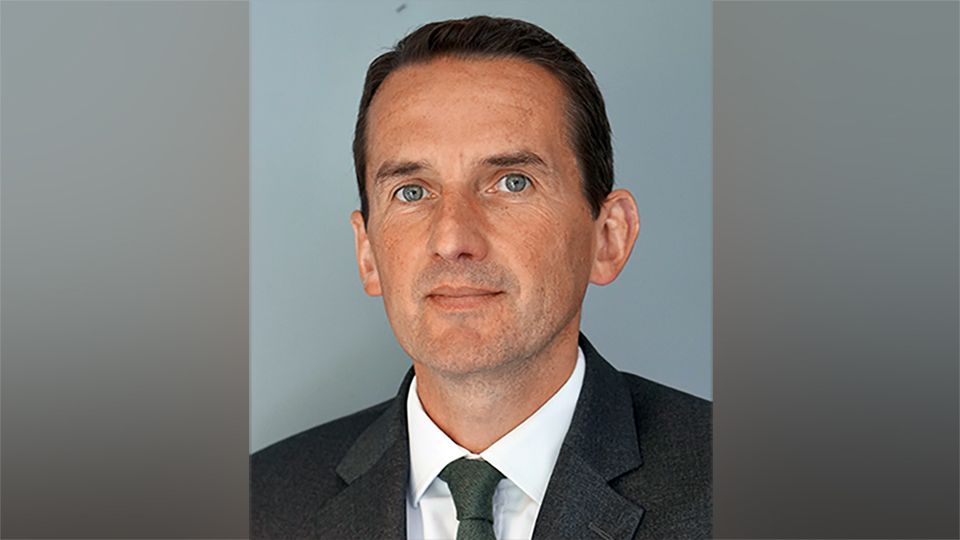As ESG investment methodologies become more sophisticated, and as interest groups battle with regulators about devising and implementing common standards and taxonomies, asset owners face a confusing environment.
Their difficulty is compounded by lingering misconceptions still held about ESG investing, according to panellists at Fund Selectors Asia’s recent SpotlightOn ESG webinar.
“These include the belief that investors face lower returns – although the fear is diminishing — that it simply concerns the environment – yet social and governance issues are also important — and that there are common standards – when there is some way to go until they are attained,” said Arjan de Boer, head of markets, investments and structuring, Asia, at Indosuez Wealth Management.
Moreover, many retail investors do not understand what ESG investing is in practice, and often they fail to distinguish between its nuances, such as exclusion (of “sin industries”), green, sustainable and impact investing, according to Noel O’Halloran, chief investment officer at KBI Global Investors, part of the Amundi Group.
Diverse standards
In addition, regulatory activity in Europe and discussions about taxonomy delineations too often cause “distraction and confusion rather than promote clarity”, he warned.
Hamish Chamberlayne, head of global sustainable equities at Janus Henderson Investors, expressed a similar frustration, pointing out that individual countries in western Europe have their own ESG labels, with diverse criteria which is inefficient.
“We need global auditing standards,” he said. “Fund managers need to produce comparable disclosures and [investable] companies should provide reliable data.”
Harry Thomas, portfolio manager for the TT Environmental Solutions strategy, agreed that asset owners want clear standards, legal accountability, and well-defined taxonomies.
“But throughout world (including in Europe) there are a lot of grey areas, which means it is essential to discuss ESG processes with fund managers to correctly judge their rigour, sincerity and efficacy.”
There are additional major hurdles to making ESG investing more meaningful in Asia. “Reliable data is harder to obtain from companies in emerging markets than in developed markets in order to conduct due diligence,” he said.
In some areas, such as carbon emissions and governance it is improving, but in others such as biodiversity impact, and social measures, including staff diversity, quality of employment contracts, and effects on consumers, it is often deficient.
But, Chamberlayne pointed out that there has been a widespread shift in perceptions during the past two years, which perhaps reduces the need for standardised ratings.
The notion of consigning ESG to a discrete bucket is becoming an outmoded idea. “It can’t be separated from other portfolio allocation decisions, because the processes are similar, and closely associated with capital preservation and generating long-term durable returns,” he said.
Conflicting results
Indeed, Will Pomroy, head of impact engagement at Federated Hermes, warned that ESG ratings are often “overly simplistic” and susceptible to pitfalls.
“Trying to mitigate risk, enhance alpha, and also make a positive real-world impact on society can lead to different and conflicting answers,” he said. Ratings methodologies are a “black box”, which can, for instance, generate high scores for large-cap tobacco and fossil fuel companies because of initiatives they launch to offset the damage caused by their core businesses.
“Ultimately, ESG funds’ investment analysis and processes share characteristics with conventional funds: they both seek long-term, sustainable returns,” he said.
Chamberlayne’s described his ESG strategy as incorporating three main pillars: intentionality, transparency and consistency, or ITC. “The investment process must show evidence of implementation, it needs to be clear, and it must be constant,” he said.
Asset owners expect that investment managers will rate companies using their own scoring systems, and disclose more information about the impact of their portfolio selections, such as on proxy voting, company engagement and alignment with the UN Social Development Goals.
The younger generation, in particular, want more precise measurement and greater accountability, according to O’Halloran. “The onus remains with fund managers and fund selectors, and ‘standardisation’ is a red herring,” he concluded.








